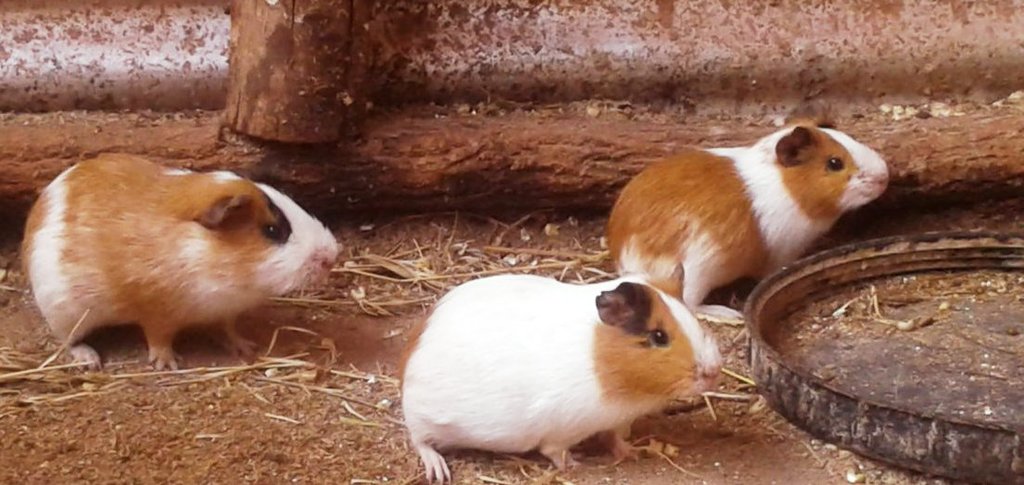
A rabbit farmer, who visited a friend and found him rearing guinea pigs in the kitchen, has expanded his venture in the later livestock after learning they do not need special care to thrive.
Taita-Taveta County’s Joseph Mwashighadi was pleased by the rat-like creatures feeding on kitchen remains in the free-range system at his friend’s home in Wundanyi.
He bought two guineas pigs at Sh50 each in August 2015, but they have increased more than 50 since then.
Although he has not got a steady market for the guineas pigs, he sells about five per month at Sh250 by roasting them.
“Friends and other people who visit ask me to slaughter and roast the pigs for them. Some just enjoy it plain while others take the roast with them. Half a kilo of the guinea pig earns me Sh250,” he said.
On average, he sells five guinea pigs per month.
For the more than one year he has been rearing the pigs, Mwashighadi cannot place any cost of feeds because they rely on kitchen remains, grains and a few green matter. He simply said “they feed on anything just like rats”.
READ ALSO: Wote farmer increasing guinea pig, quail stock as FAO report encourages his effort
At the same time, they do not require much attention like rabbits. They only need a hiding place because of predators like hawks.
They give birth to two or three young ones after a 30 day’s gestation period and they mature after about three months.
At the moment, the Voi farmer has 38 mature guinea pigs, but he is looking forward to increasing their number after identifying a stable market.
PHOTO: mature guinea pigs play under a rabbit cage at Joseph Mwashighadi's home in Voi, Taita-Taveta County, on September 29, 2016. They are easy to keep because they feed on anything that is not poisonous like rats.PHOTO BY COURTESY.
Mwashighadi can be reached on +254720939630
Write comment (0 Comments)

















